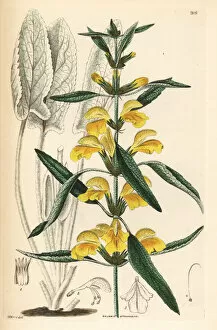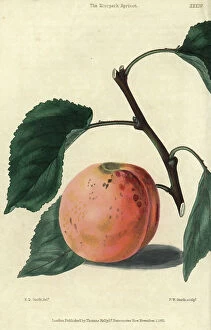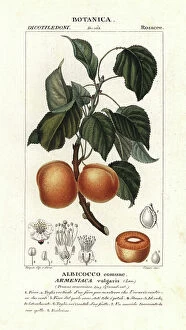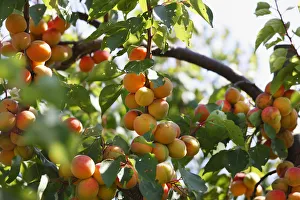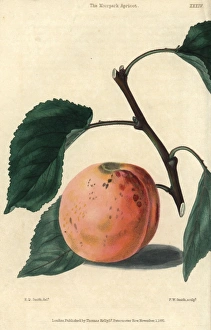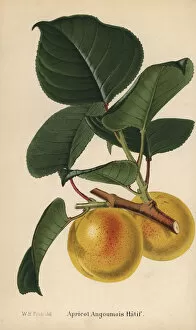Armeniaca Collection
Armeniaca, also known as Armenian Jerusalem sage or Phlomis armeniaca, is a beautiful plant that belongs to the mint family
All Professionally Made to Order for Quick Shipping
Armeniaca, also known as Armenian Jerusalem sage or Phlomis armeniaca, is a beautiful plant that belongs to the mint family. Its vibrant yellow flowers and silver-green leaves make it an eye-catching addition to any garden. But Armeniaca is not just limited to being a decorative plant and has many other uses too. For instance, did you know that apricot trees belong to the species Malus armeniaca? Yes, those delicious apricots we enjoy are actually fruits of this wonderful tree. Apricots are often mistaken for peaches due to their similar appearance and taste. However, they have their own unique flavor and texture that sets them apart. The Moorpark Apricot variety is particularly popular due to its juicy flesh and sweet aroma when ripe. Speaking of varieties, Angoumois Hatif is another type of apricot from the Prunus armeniaca family. This particular variety ripens early in the season, making it a favorite among fruit enthusiasts who can't wait for summer's bounty. If you ever find yourself in Lower Austria, Europe, don't miss out on visiting Wachau in Waldviertel where you can witness ripe apricots hanging from Prunus armeniaca trees. The picturesque scenery of an apricot orchard grove will surely leave you mesmerized. But Austria isn't the only place where these delightful fruits thrive. Spain also boasts vast apricot orchards with trees laden with succulent fruits waiting to be harvested. Imagine strolling through rows upon rows of Prunus armeniaca trees adorned with orange gems. Whether enjoyed fresh off the tree or incorporated into jams and desserts like traditional Spanish delicacies such as "albaricoque en almíbar, " there's no denying that Armeniaca brings joy and sweetness wherever it grows – be it in gardens or sprawling orchards around the world.

